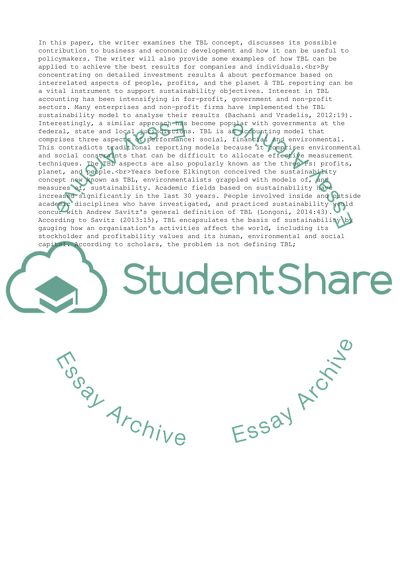Cite this document
(“International Strategic Management Essay Example | Topics and Well Written Essays - 2750 words”, n.d.)
International Strategic Management Essay Example | Topics and Well Written Essays - 2750 words. Retrieved from https://studentshare.org/business/1669719-international-strategic-management
International Strategic Management Essay Example | Topics and Well Written Essays - 2750 words. Retrieved from https://studentshare.org/business/1669719-international-strategic-management
(International Strategic Management Essay Example | Topics and Well Written Essays - 2750 Words)
International Strategic Management Essay Example | Topics and Well Written Essays - 2750 Words. https://studentshare.org/business/1669719-international-strategic-management.
International Strategic Management Essay Example | Topics and Well Written Essays - 2750 Words. https://studentshare.org/business/1669719-international-strategic-management.
“International Strategic Management Essay Example | Topics and Well Written Essays - 2750 Words”, n.d. https://studentshare.org/business/1669719-international-strategic-management.


